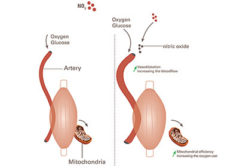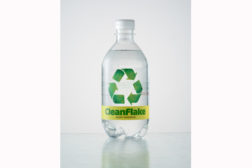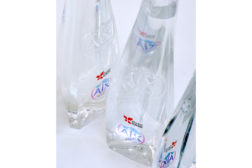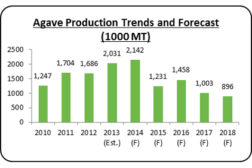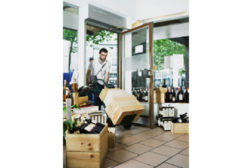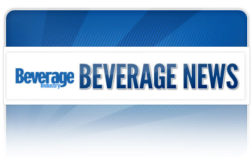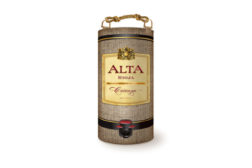Market Insights
Beets offer good source of nitrate
Read More
The challenges of PET packaging design in the beverage industry
Plastic offers flexibility, sustainability for brand owners
May 16, 2014
Bringing new beer ideas to fruition
Monique Acevedo, vice president of innovation for Heineken USA, discusses her new product development process
April 8, 2014
Agave supply crisis and mitigation strategies for tequila distillers
Agave price expected to rise by more than 100 percent by 2018
March 26, 2014
New Belgium uses technology to manage distribution chain
Craft brewer enlists Microsoft Dynamics CRM
February 14, 2014
Mobile technology helps streamline route management
Technology assists beer, wine distributors
January 31, 2014
TÜV SÜD helps brewery realize energy savings
Energy management systems unlock tax breaks
January 15, 2014
Building success at the retail counter
How to utilize artful branding and packaging
December 2, 2013
Organic, natural beverage distributor boosts productivity with mobile-enabled WMS
Managing picks and shipments through an ERP system
October 23, 2013
Elevate your expertise in the beverage marketplace with unparalleled insights and connections.
Join thousands of beverage professionals today. Shouldn’t you know what they know?
JOIN NOW!Copyright ©2025. All Rights Reserved BNP Media.
Design, CMS, Hosting & Web Development :: ePublishing
